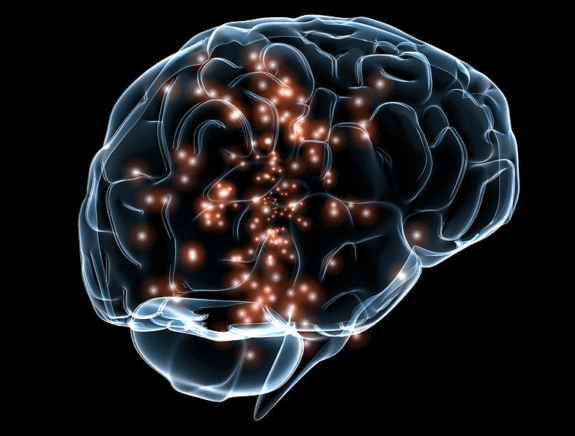By Andy Zimmer, Middle School Director at Emerson School

The question I hear the most from the parents of our middle school aged students is “Why?” This can come in response to something a child did, something they said, or something that happened to them. When this same question is posed to the child, the response is often in the form of an honest and truthful, “I don’t know.” I believe that.
Often our children are struggling with comprehending why they do, in fact, do many of the things they do. But as our knowledge and understanding of the brain grows, we are able to attribute reasons to this time honored tween question of “Why…?” Here are some examples from my experience as a middle school educator over the last ten years, along with the neuroscience:
Why would you do that?
We’ve all asked this of our adolescent children. Impulse control is something all parents of adolescents struggle with. The irrational impulse to engage in semi- to very risky behavior is at an all-time high. Adolescents brains are guided during this time by a very active limbic system, along with an underdeveloped prefrontal cortex. This combination creates a child with heightened emotional state, along with the inability to make rational decisions, especially in times of stress or anxiety (see: around peers). Our goal as parents is to encourage our children to identify risky situations and learn how to step away from these situations prior to them learning the hard way. Our goal as teachers at Emerson is to recognize and value mistakes as learning opportunities. Conversations around these mistakes guide students to uncovering alternative paths in the future and helping them develop the skills to manage these situations in the future.
- Additional Resource: Watch Sarah-Jayne Blake’s TED Talk: The Mysterious Working of the Adolescent Brains
Why won’t you commit to anything?
Students at this age are often experimenting with their identities and interests. The potential to form new neural-pathways through the increased grey matter and myelin formation in the brain presents adolescents with heightened interest in new ideas and the ability to learn. Our goal as parents is to encourage our children to experiment and experience many different and unique experiences, in order form the pathways for lifelong learning. We offer a variety of changing electives at Emerson so students are challenged to learn through multiple modalities and experience new things. Students will often gravitate toward the familiar and comfortable; however, our jobs as educators is to challenge that status quo and push them into new challenges.
Why won’t you go to sleep?
Adolescent children NEED sleep. During deep sleep (REM sleep) our brains go through a cleansing process that removes unused and unneeded neurons and myelin, thus strengthening those pathways that have been recently activated (i.e. reinforcing learned concepts and skills). When children do not enter this sleep stage, they miss out on the beneficial process. Our tween children are also growing more and more connected through technology and devices. Unfortunately, the blue light emitted from LED screens can disrupt and disturb the release of melatonin in the brain, the chemical we use to calm down and fall asleep. Our goal as parents is to limit the exposure to blue light to at least two hours before bedtime.
Why would you send that?
As mentioned earlier, our tween children have a heightened emotional state which is compounded by a need to feel connected and secure with their circle(s) of friends. With the growth of technology, our children are posed with the engaged in dialogue and relationships that exist in cyberspace, the context of which often live on into perpetuity. While, when we grew up our conversations disappeared the minute they left our lips, our children can read, look at and re-read the texts, Snaps, posts, and pictures from friends around the world. This complex social network combined with their underdeveloped prefrontal cortex creates a dangerous environment, in which our children sometimes struggle to appropriately manage. Our goal as parents is to proactively talk with our students about appropriate use of technology, work through ground rules and guidelines for usage (often using an activist approach, in which are children are actively involved in the development of these rules), and ultimately support them when they make mistakes (which they will).
- Additional Resource: Watch “Generation Like,” an in-depth PBS report on adolescent social media use and self-esteem
- Additional Resource: Read “It’s Complicated – The Social Lives of Networked Teens” by Darah Boyd

